 |
Wargaming Needs Recruits Yuna Wong wasn't a wargamer when she first walked into the Connections Wargaming Conference five years ago. Now a policy researcher at the Rand Corporation, a nonprofit think tank that has advised government and the private sector for generations, Wong found a new path.
| 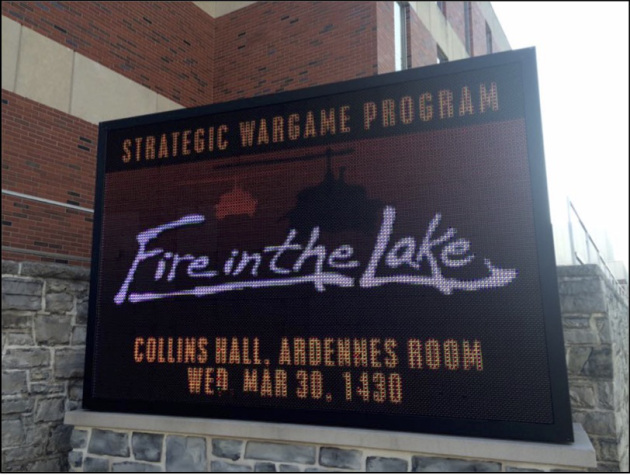 |
US Army War College Strategic Wargame Program The US Army War College (USAWC) recently implemented a new special program, the Strategic Wargame Program (SWP). The SWP uses commercial and government wargames -- physical boardgames, miniatures, and computer simulations -- to enhance the educational experience of its students. The SWP offers optional afternoon and evening wargame events tied to the USAWC Core Curriculum. Typical wargames used in the program are at the strategic level, relevant to the curriculum, are easy to teach and play, can be ideally completed in a few hours, include command and control aspects, and can support multiple players or teams of players.
 Wargaming in the Classroom: An Odyssey I repeated the same basic formula for the Civil War using GMT's For the People but added staff rides to Gettysburg and Antietam to the educational mix. For the First World War, I used another GMT game, Paths of Glory but also added an exercise of my own design to replicate 1914's July Crisis. Prior to this, the students had walked away shaking their heads at the astounding stupidity of European leaders who so blindly stumbled into war. When, however, they were placed within the context of the situation, they soon discovered just how easy it is to stumble into an unwanted war. I have run this exercise six times now, and it has never taken longer than four hours for the armies to march.
 How a Boardgame Helps DoD Win Real BattlesThe Army calls its board game C-WAM short for the Center for Army Analysis Wargaming Analysis Model. Games pit (friendly) Blue versus (enemy) Red forces and results are fed into the Joint Integrated Contingency Model (JICM), a powerful computer simulation that analyzes plans and calculates losses and supply consumption.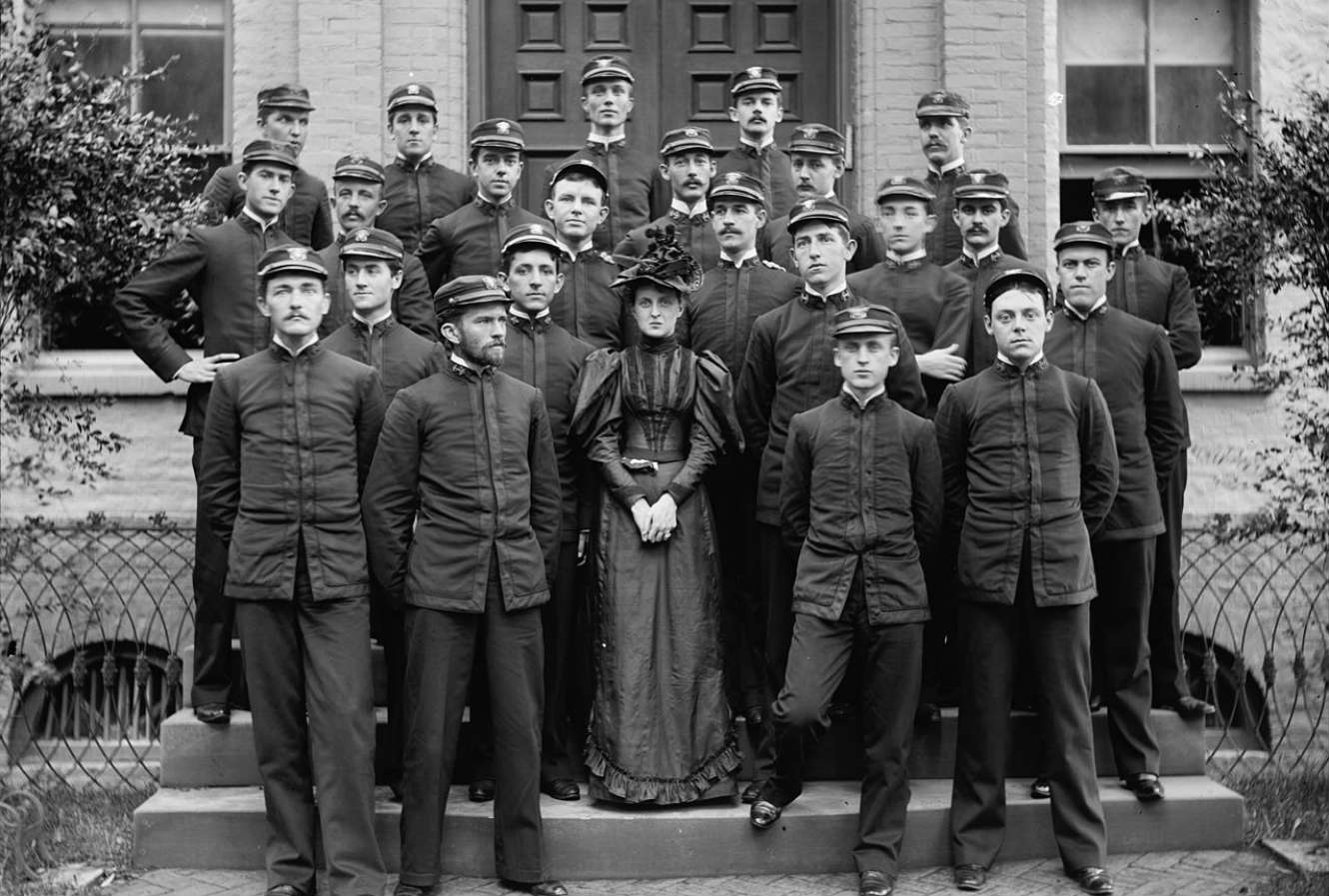 Are You As Smart As a 19th Century Midshipmen?What did the professors think a young naval officer needed to know about U.S. History at the start of the 1880s? The United States was looking outward again after two decades of relative isolationism and the Navy was starting to rebuild after decades of decay. It's not surprising then that the U.S. History course had a strong military and political basis but little of the economic, social, or cultural history students might find today. Can you pass the test?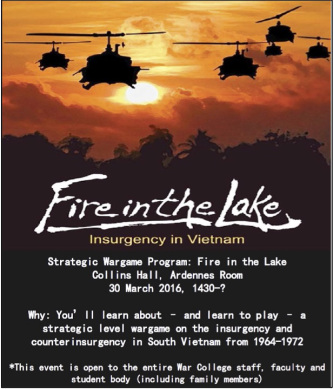 Wargaming is Necessary to Prepare for Future Conflicts "Few historical periods match the dynamic technological disruption of the inter-war years of the 1920s and 1930s. During these decades, militaries the world over struggled to adapt to new inventions such as radar and sonar, as well as rapid improvements in wireless communications, mechanization, aviation, aircraft carriers, submarines, and a host of other militarily relevant technologies. Military planners and theorists intuitively understood that all these new technologies, systems, and advances would drive new ways of fighting, but they were forced to envision what future battlefields would look like with few clues to go by. To help navigate through this period of disruptive change, the United States military made extensive use of analytical wargaming.
|
BACK TO TOP
RANDOMNESS TEST: Does Your d20 Cheat?
Zocchi's Complaint"Lou Zocchi is a man who cares deeply about dice. Zocchi's well practiced speech on on dice quality is famous. It's fairly entertaining if you have 20 minutes to spare. Part of his argument is the above photograph. Zocchi stacked twenty-sided dice from several companies. Each stack places the same numbers on the top and bottom. For example, one stack might have 1 placed on top of 20 repeatedly, while the next stack might have 9 placed on top of 12 repeatedly. Based on the height of the stacks, it appears that everyone's dice are irregularly shaped. Everyone's, except for Zocchi's." |
 |
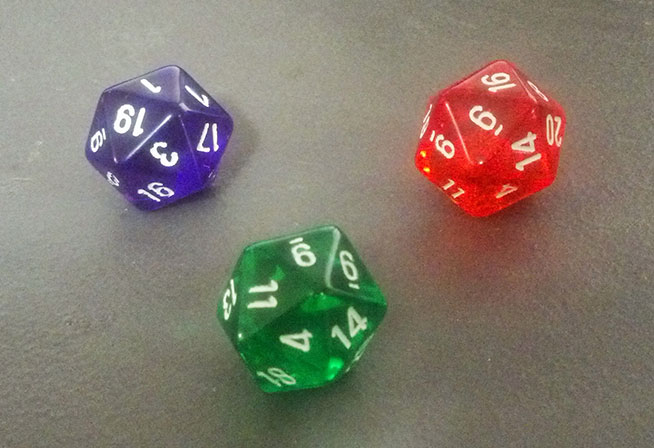 |
Most d20 Dice are Notably Imbalanced"What does it all mean? Cheap dice do in fact suffer from a dramatic imbalance, Lou Zocchi was correct. Though even his have a bias against 14." |
 |
d20 Dice: Chessex vs GameScience
The founder of GameScience, Lou Zocchi, has long claimed that GameScience dice roll more true than other gaming dice. In a well-known GenCon video Zocchi explained why GameScience dice should roll more true.
|
 |
Automated Dice Roller"An automatic system for rolling a polyhedral die and taking photos of the rolls; extracting the image of just the die from those images; clustering the images of the die by which face is shown; and analyzing the results." |
BACK TO TOP
ROLE PLAYING AS CULTURE
D&D Influenced a Shelf Full of Writers"The league of ex-gamer writers also includes the 'weird fiction' author China Mieville ('The City & the City'); Brent Hartinger (author of 'Geography Club,' a novel about gay and bisexual teenagers); the sci-fi and young adult author Cory Doctorow; the poet and fiction writer Sherman Alexie; the comedian Stephen Colbert; George R. R. Martin, author of the 'A Song of Ice and Fire' series (who still enjoys role-playing games). Others who have been influenced are television and film storytellers and entertainers like Robin Williams, Matt Groening ('The Simpsons'), Dan Harmon ('Community') and Chris Weitz ('American Pie')." |

|
 |
The Tangled Cultural Roots of D&D
|
BACK TO TOP
WHAT SORT OF PERSON PLAYS WARGAMES?
CIA Analyst COINs a New Breed of Wargames"When not ensconced at HQ in Langley, Ruhnke, 51, designs commercial wargames. He has invited us to his home in Vienna to playtest his most recent, A Distant Plain. Along with Cuba Libre, they'll be his fourth and fifth published board games, and the latest in his series [from GMT - ed] simulating insurgencies throughout history: Colombia, Afghanistan and Cuba, with Vietnam, Ireland and the Philippines to follow." |
|
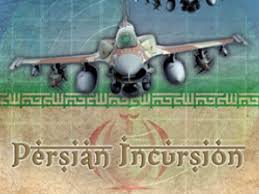 |
The Economist Outs Strategic Discussion Group"Two evenings a month, four dozen defense and intelligence officials gather in an undisclosed building in Virginia. They chat informally about "what if" scenarios. For example: what if Israel were to bomb Iran's nuclear sites? Recent chats on this topic have been fruitful for a surprising reason, says John Patch, a member of the Strategic Discussion Group, as it is called. Nearly a quarter of those who regularly attend play a board game called Persian Incursion, which deals with the aftermath of just such an attack. For half the players, such games are part of their job." |
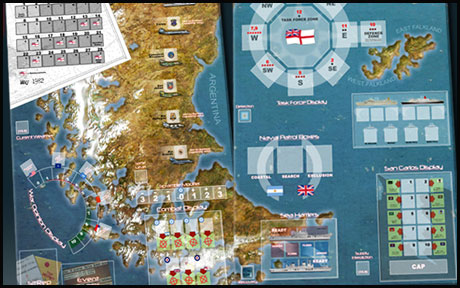 |
Member of Parliament Confesses to Boardgaming Habit"And then one birthday I opened a package that looked like a large book. But it was actually a game box, and it had the words Squad Leader on the side. So I opened it gingerly, and that's when I first set eyes on Sergeant Hamblen." - former member of Parliament and designer of Where There is Discord Dan Hodges. |
BACK TO TOP
A FANTASY COME TRUE
 |
College Tuition Aid from a Zombie Elf Last year, Mr. Johnson received one of the first two grants given by Gamers Helping Gamers, a |
BACK TO TOP
WBC Rocks the Business World
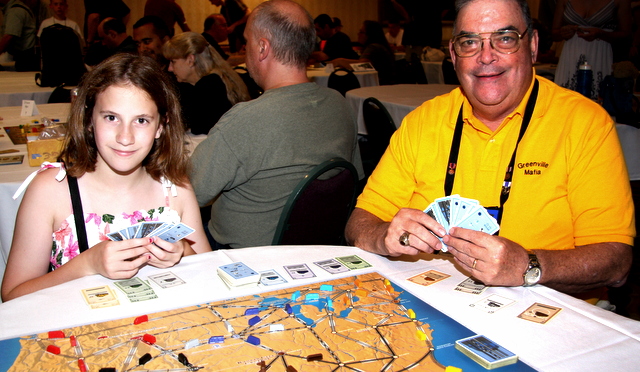 |
3 Juicy Leadership Lessons From...Boardgames? "Scott and I recently had a chance to discuss the leadership lessons we've learned from a lifetime of |
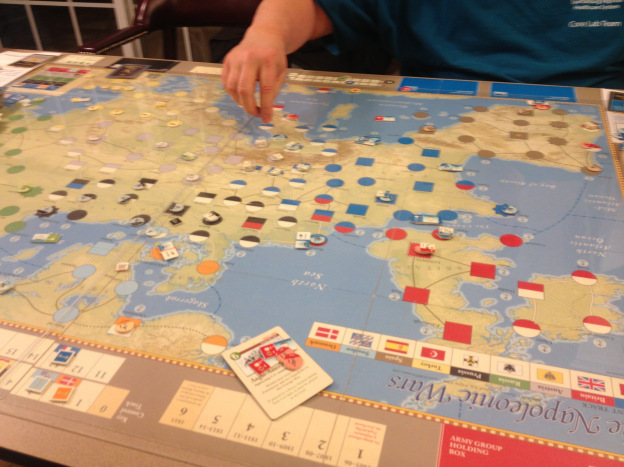 |
Dealing with Stress: Lessons from a Boardgame "When my hand in life seems full of 2's, and there are setbacks everywhere, I remind myself that soon, |
BACK TO TOP
THE DESIGN, CULTURE AND PLAY OF MODERN BOARD GAMES
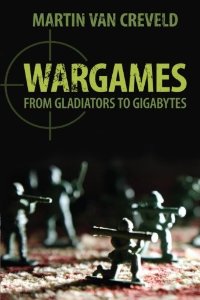 |
On War Games "War and games have always been intimately related in many different ways. This new book from Cambridge University Press |
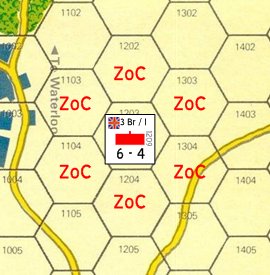 |
Zone of Control "Games with military themes date back to antiquity, and yet they are curiously neglected in much of the academic and trade |
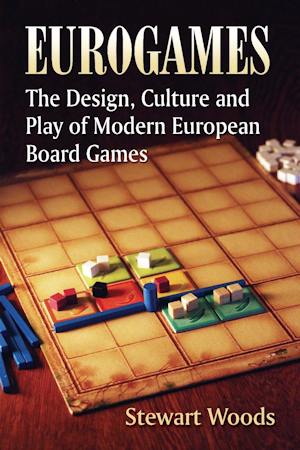 |
On EuroGames "When we discuss games, we are not discussing certain biologically inevitable occurrences, though they may be ethologically |
BACK TO TOP
BASIC TRAINING
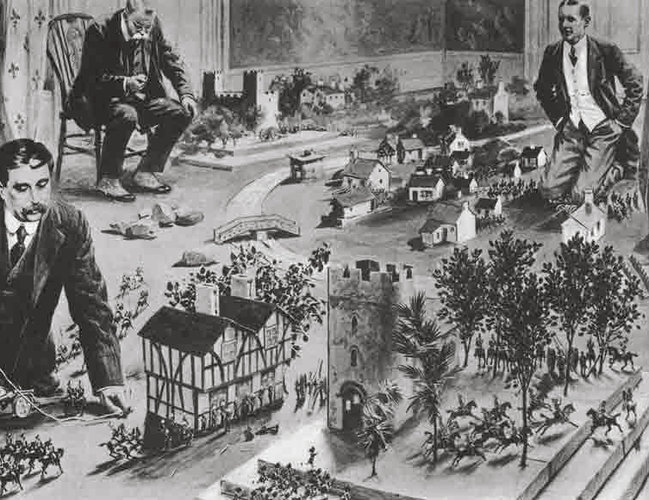 |
HG Wells Invented Our Hobby with "Little Wars" "Even now, when video games are ubiquitous, nothing can match the experience of miniature war-gaming. |
BACK TO TOP
DESIGNER OF DIPLOMACY DIES
 |
Diplomacy Designer Allan Calhamer Dies at 81 After being rejected by several game companies, Allan B. Calhamer published 500 copies of Diplomacy in 1959. |
BACK TO TOP
CT GAME CLUB OPERATIONS
STATE OF THE CLUB 2015
 |
*** Ilan Woll Elected to Board of Directors *** ("Winter is coming..." Quoth New Dictator for Life)
Click here for the State of the CGC 2015 |
BACK TO TOP
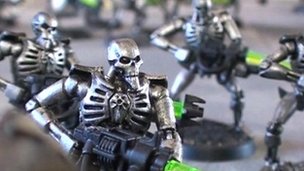 |
Games Workshop Trademark Marines
|
Games Workshop's Power Grab Thwarted by Electronic Frontier Foundation
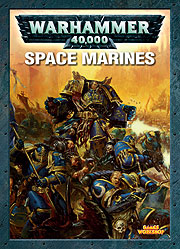
In the Future, All Space Marines Will Be Warhammer 40K Space Marines...NOT!
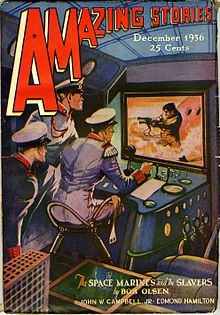
Wikipedia: Definition of Space Marine Dates Back to Sci-Fi Pulp
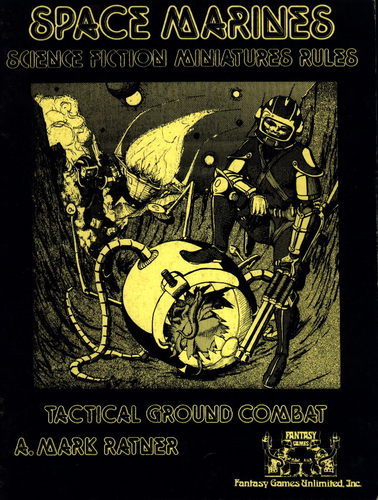
Follow the Discussion on The Miniatures Page (TMP)
PORTABLE HISTORY FOR YOUR iPAD or iPHONE
There are three new apps available for history buffs who love Apple
products.
(We're assuming the intersection of those two groups does not
define a null set.)
The Civil War Today at $2.99 is from The History Channel.

It presents the events that happened each day 150 years ago.
There is a modern summary and then snippets from
historical newspapers and magazines.
World War I for the iPad

at - $3.99 / $2.99 This is an interactive electronic textbook from
Alpha History, an Australian company. 36 chapters are
enhanced by maps, illustrations and vintage photographs.
Timeline World War 2 - $9.99 Covers the 6 years of WW2 through 2000 articles.

It also includes an 8 part video documentary
about the Pacific Theater and 100 British Pathe
film clips with vintage and modern narration.
BACK TO TOP
DICE ACCURACYThe Epic 20,000 Roll Dice Randomness Test |
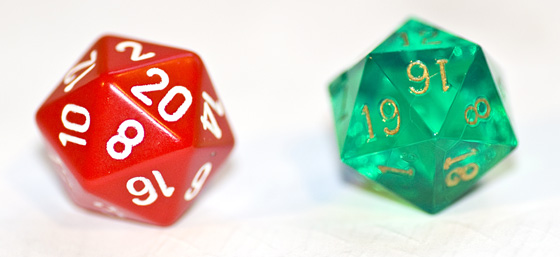 |
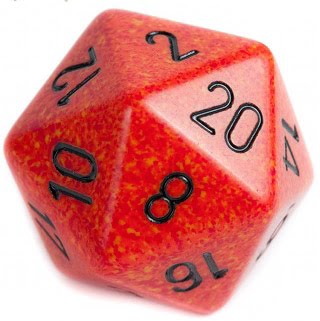 |
Every role-playing game fan has a favorite die. Dice are essential
tools in games like Dungeons & Dragons, where they're used to
introduce a element of chance; even the strongest warrior can lose a
fight if he rolls too low, too often. So players keep track of the dice
they believe are "lucky," the ones that always seem to roll high. |
BACK TO TOP
Parting Shots
"When playing a game the goal is to win.
But it is the goal that is important, not the winning."
- Reiner Knizia
BACK TO TOP